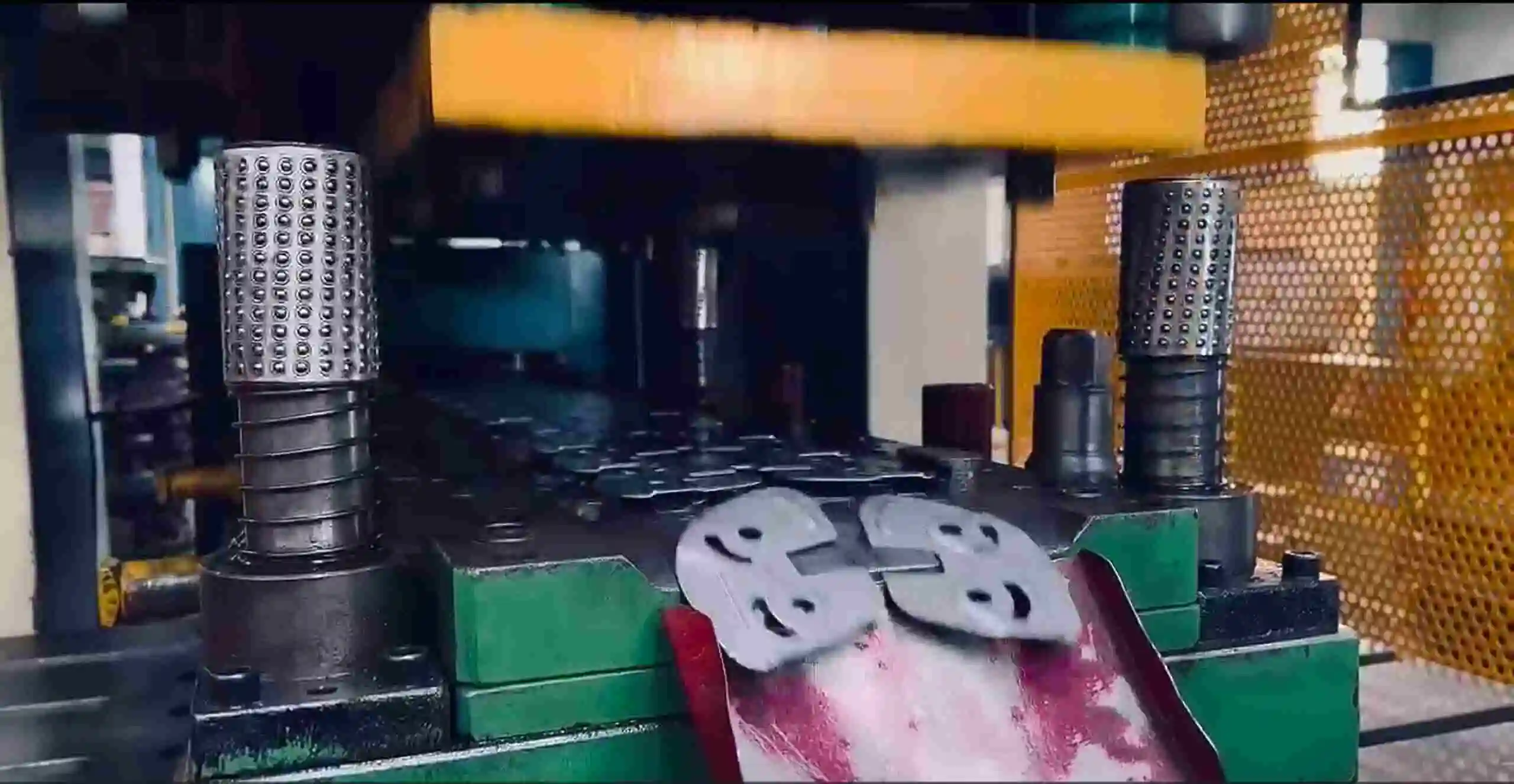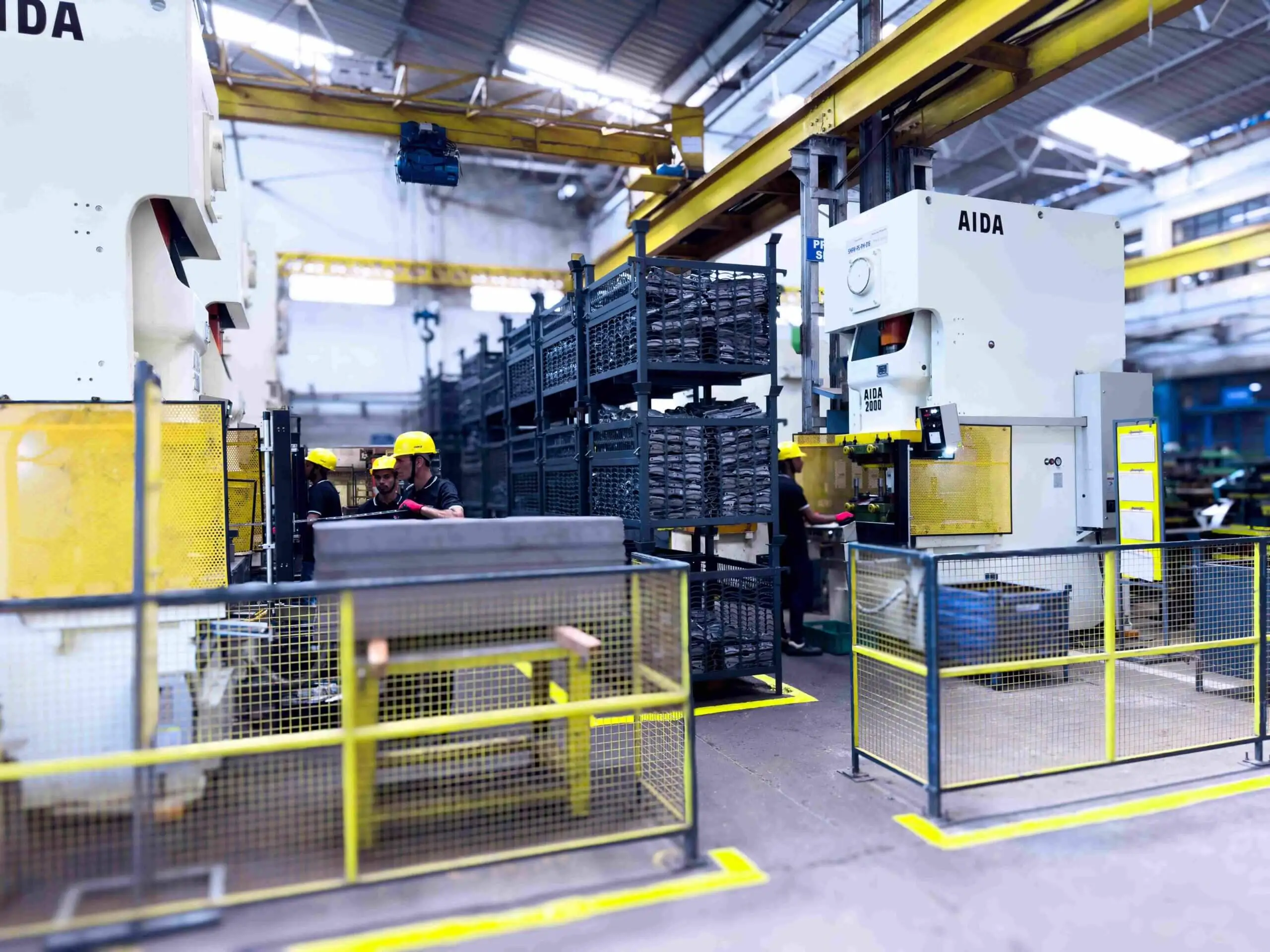Introduction
In the fast-evolving world of manufacturing, efficiency, precision, and cost-effectiveness are crucial factors in determining the right metal-forming technique. Among the various methods available, high-speed stamping has emerged as the preferred choice for industries requiring mass production of high-quality components. This technique offers a competitive edge over traditional metal forming methods, such as deep drawing, forging, and die casting, due to its ability to produce intricate parts with remarkable speed and consistency.
In this blog, we will explore why high-speed stamping surpasses other metal forming techniques. We will delve into its historical evolution, key advantages, real-world applications, and address common misconceptions, helping manufacturers understand why this method is ideal for large-scale production.
Background Information
The Evolution of High-Speed Stamping
Metal stamping has been a fundamental part of manufacturing for over a century, evolving from simple press operations to highly sophisticated automated systems. Early stamping machines were slow and labor-intensive, limiting their applicability to low-volume production. However, with advancements in hydraulics, automation, and computer-controlled processes, high-speed stamping emerged as a revolutionary solution capable of producing millions of parts per month with minimal human intervention.
At Suresh Metal Press Works (SMPW) Pune, we leverage high-speed stamping technology with industry-leading machines such as Bruderer and Hensel. This allows us to efficiently handle materials like brass, copper, phosphor bronze, beryllium copper, stainless steel, and CRCA, ensuring precision and consistency across high production volumes.
Why High-Speed Stamping is Superior
1. Speed and Efficiency
One of the most significant advantages of high-speed stamping is its unparalleled production speed. While traditional stamping presses operate at 10-200 strokes per minute (SPM), high-speed stamping machines can achieve 200 to over 1,500 SPM. This increased speed drastically reduces production time, making it the go-to choice for industries requiring bulk manufacturing.
2. Cost-Effectiveness
High-speed stamping minimizes material waste, labor costs, and downtime, ultimately reducing overall production expenses. Compared to other metal forming techniques such as:
- Forging – which requires high temperatures and costly tooling,
- Deep Drawing – which involves additional forming and secondary operations,
- Die Casting – which demands expensive molds and longer cycle times,
The high-speed stamping process is more economical and scalable, particularly for small to medium-sized components.
3. Precision and Consistency
In industries like automotive, electronics, and telecommunications, component uniformity is non-negotiable. High-speed stamping utilizes progressive dies and computer-controlled precision tooling to ensure that each part meets strict dimensional tolerances. This level of accuracy is challenging to achieve with traditional methods, where manual handling or secondary machining often leads to variability.
4. Versatility in Material and Design
High-speed stamping is capable of working with a variety of metals, including thin-gauge and high-strength materials. This flexibility allows manufacturers to create complex geometries that would be difficult or impractical with other metal forming methods. At SMPW, we process materials as thin as 0.15mm and up to 2.5mm, catering to a wide range of industry needs.
5. Environmentally Friendly Manufacturing
Compared to traditional metal forming techniques, high-speed stamping generates less scrap, consumes less energy, and reduces carbon emissions. Since it is primarily a cold-working process, it eliminates the need for heat treatments or excess material removal, making it a more sustainable production method.
Real-Life Applications and Case Study
Case Study: Enhancing Production Efficiency in the Electronics Industry
A leading electronics manufacturer approached SMPW Pune to produce precision connectors for consumer electronics. The company had previously relied on die casting and machining, leading to:
- Higher production costs due to material wastage.
- Inconsistent part quality, causing rejections and delays.
- Extended cycle times, affecting overall throughput.
By switching to high-speed stamping, the company experienced: ✅ 50% reduction in production time ✅ 30% cost savings on raw materials ✅ Improved component precision, leading to zero rejections
This transformation reinforced the advantages of high-speed stamping, proving it to be the superior method for producing intricate and high-volume components.
Addressing Common Counterarguments
1. “High-Speed Stamping is Limited to Thin Materials”
While high-speed stamping is optimized for thinner metals, modern advancements allow progressive die technology to handle tougher alloys. SMPW Pune has successfully manufactured components using stainless steel and beryllium copper, proving that high-speed stamping is not limited to lightweight applications.
2. “Traditional Metal Forming Offers Greater Strength”
It is often believed that forging or deep drawing produces stronger components. While these techniques do enhance material properties, high-speed stamped parts can achieve similar strength levels through post-processing treatments, such as heat treatment and surface coating.
3. “Initial Investment in High-Speed Stamping is Too High”
While the upfront cost of high-speed stamping equipment is higher than traditional presses, the long-term benefits—including reduced labor, material efficiency, and faster turnaround times—far outweigh the initial investment. Companies looking for scalable and cost-effective solutions find high-speed stamping to be the more profitable choice.
Conclusion
High-speed stamping has revolutionized the metal forming industry, offering an unmatched combination of speed, precision, cost-efficiency, and sustainability. Compared to traditional methods like forging, deep drawing, and die casting, it provides a scalable and reliable solution for manufacturing high-volume components with minimal waste and lower costs.
At Suresh Metal Press Works (SMPW) Pune, we specialize in high-speed stamping technology. We produce over 150 million precision components per month for industries such as automotive, electronics, and telecommunications. Our commitment to cutting-edge machinery, material expertise, and quality assurance makes us the ideal partner for companies seeking superior metal forming solutions.
Are you ready to optimize your production with high-speed stamping? Contact SMPW Pune today to explore how we can help meet your manufacturing needs!


